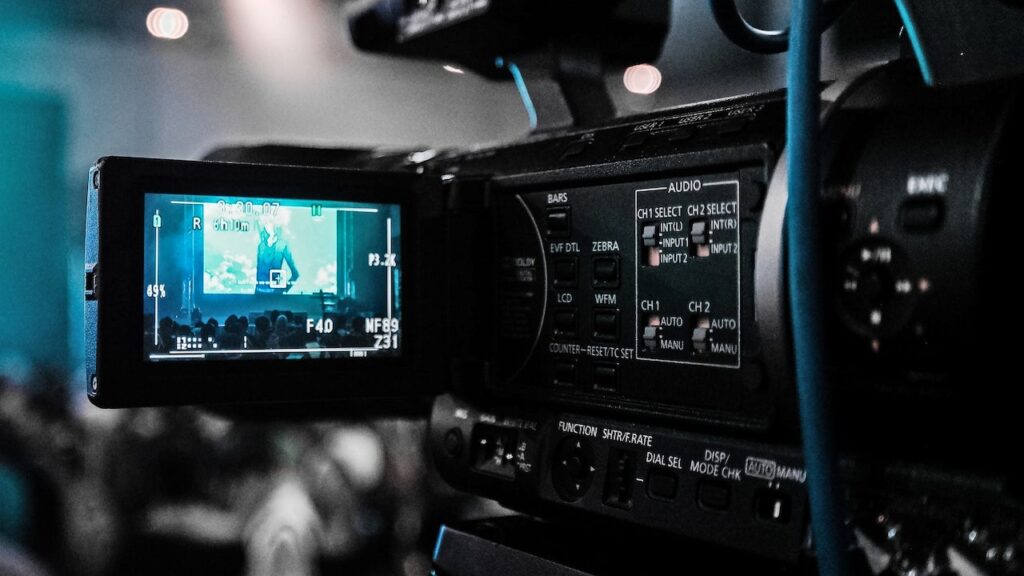Videos are currently one of the most popular and effective forms of content marketing. They can be used to promote a business, product, or service, and they are easy to produce and share. Unfortunately, videos are also vulnerable to copying and theft. If your videos aren’t protected the way they should, other businesses and individuals can steal your ideas and use them without giving you credit. In this article, we’ll discuss the different ways to protect your videos from copying and theft, how to set up copyright protection, how to license your video footage, and more.
Why Videos Are a Target for Copying and Theft
Video content is a popular target for copying and theft that can lead to earning loss for the creator and damage to their reputation. There are many ways you can stop your videos from being copied and stolen:
- Register your copyright. If you have written or produced the video yourself, register your copyright with the US Copyright Office. This will help to protect your rights in case someone copies your video without permission.
- Use DRM protection. Some video platforms offer built-in DRM protection that stops people from copying or sharing the video without your permission. To ensure that only authorized users can access the data and systems, make sure to activate this protection. You can also get in touch with a trustworthy DRM company to learn more about the advantages of DRM solutions.
- Avoid creating videos that are easy to copy or share. If possible, make your videos difficult to copy or share using features like high-quality graphics and audio files that require more work to download and share.
- Warn viewers before uploading a copyrighted video. Include a copyright warning at the video’s start so viewers know that they can’t share or copy the content without your permission.
- Monitor traffic to and from your videos. To ensure that no one is illegally downloading or sharing your videos, monitor traffic levels clearly through analytics software or weblogs. If you notice any unusual activity, contact your hosting provider or law enforcement to investigate.
- Use copyright-safe harbors. If you want to make use of copyrighted material without infringing on the rights of the original creator, you can use safe harbors. These provisions allow for limited use of copyrighted material without fear of legal action. To find out more about safe harbors, visit the US Copyright Office website.
How to Protect Your Videos from Copying and Theft
When you’re creating or sharing videos with friends, family, or the public, be sure to protect them from being stolen. Here are a few simple steps to follow:
- Use a watermark: A watermark is a good way to protect your video from being copied without your permission. Placing a watermark on your videos will help deter thieves so they can’t create copies and distribute them without your permission.
- Make sure your files are password-protected: Protect your files with passwords to keep people out who shouldn’t have access to them, such as unauthorized employees or friends. To create a password, type in a unique password for each file you want to protect.
- Keep track of where and when your videos were created: It can help to figure out who may have borrowed or stolen them in the past. This information can also be useful to determine if any part of the video is illegally copied and used without your knowledge.
It can be frustrating when your videos are copied and shared, but there are some simple steps you can take to protect yourself. Use a watermark on your videos, make sure the copyright information is included, and use video encoding technologies that make it difficult for thieves to rip your footage off the internet.

